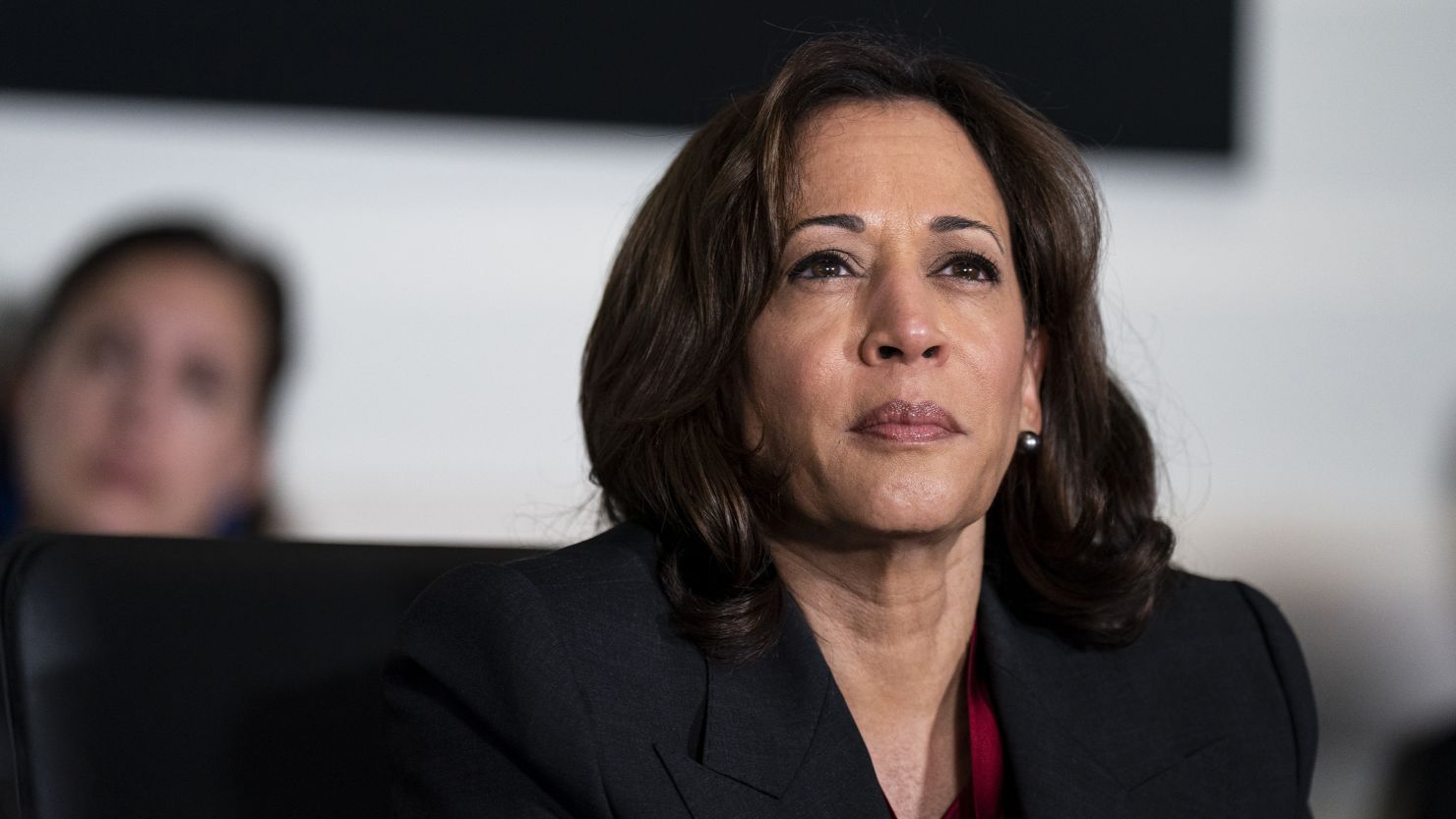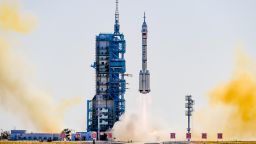Sign up for CNN’s Wonder Theory science newsletter. Explore the universe with news on fascinating discoveries, scientific advancements and more.
Vice President Kamala Harris announced Wednesday that an international astronaut will be landing on the surface of the moon as part of NASA’s Artemis program.
While the United States had previously committed to flying international astronauts around the moon on future Artemis missions, today’s announcement takes that commitment a step further by allowing one of them to actually walk on the surface of the moon — thereby joining an elite club that thus far has only 12 members.
“Today in recognition of the essential role that our allies and partners play in the Artemis program, I’m proud to announce that, alongside American astronauts, we intend to land an international astronaut on the surface of the moon by the end of the decade,” Harris said Wednesday during a meeting of the White House’s National Space Council in Washington, DC. Secretary of State Antony Blinken and National Security advisor Jake Sullivan also attended the meeting.
Each planned Artemis moon-landing mission will have room for four astronauts, but not every astronaut will walk on the moon. Only two astronauts per mission will descend to the surface of the moon, while the remaining two will only orbit the moon in either the Orion spacecraft or a small space station called Gateway.
“NASA has committed to three opportunities for European Space Agency astronauts to fly to Gateway, one opportunity to fly a Canadian Space Agency astronaut to Gateway and one opportunity on Artemis II, and one opportunity for a Japanese (JAXA) astronaut to fly to Gateway,” a NASA official told CNN. “Beyond Artemis II, these crew opportunities have not been designated to specific Artemis missions.”
The Artemis II mission is set to be the first time humans will orbit the moon since the end of the Apollo program. Slated to launch in November 2024, the crew includes Canadian Space Agency astronaut Jeremy Hansen, who introduced the vice president on Wednesday.
“NASA could have chosen to do this alone, but they intentionally chose to include Canada and a growing list of international partners. This extraordinary example of US leadership leverages our collective expertise, and it is not only sincerely appreciated, but it is urgently needed in the world today,” Hansen said.
The first mission to land on the moon — Artemis III — isn’t scheduled to launch until at least the end of 2025. However, that time frame has already been called into question as the space agency is keeping a close eye on the development of a SpaceX vehicle that will serve as the lander for Artemis III, ferrying astronauts down to the lunar surface.
“NASA will make specific crew assignments closer to each mission as the mission parameters and crew criteria are defined,” the NASA official said.







